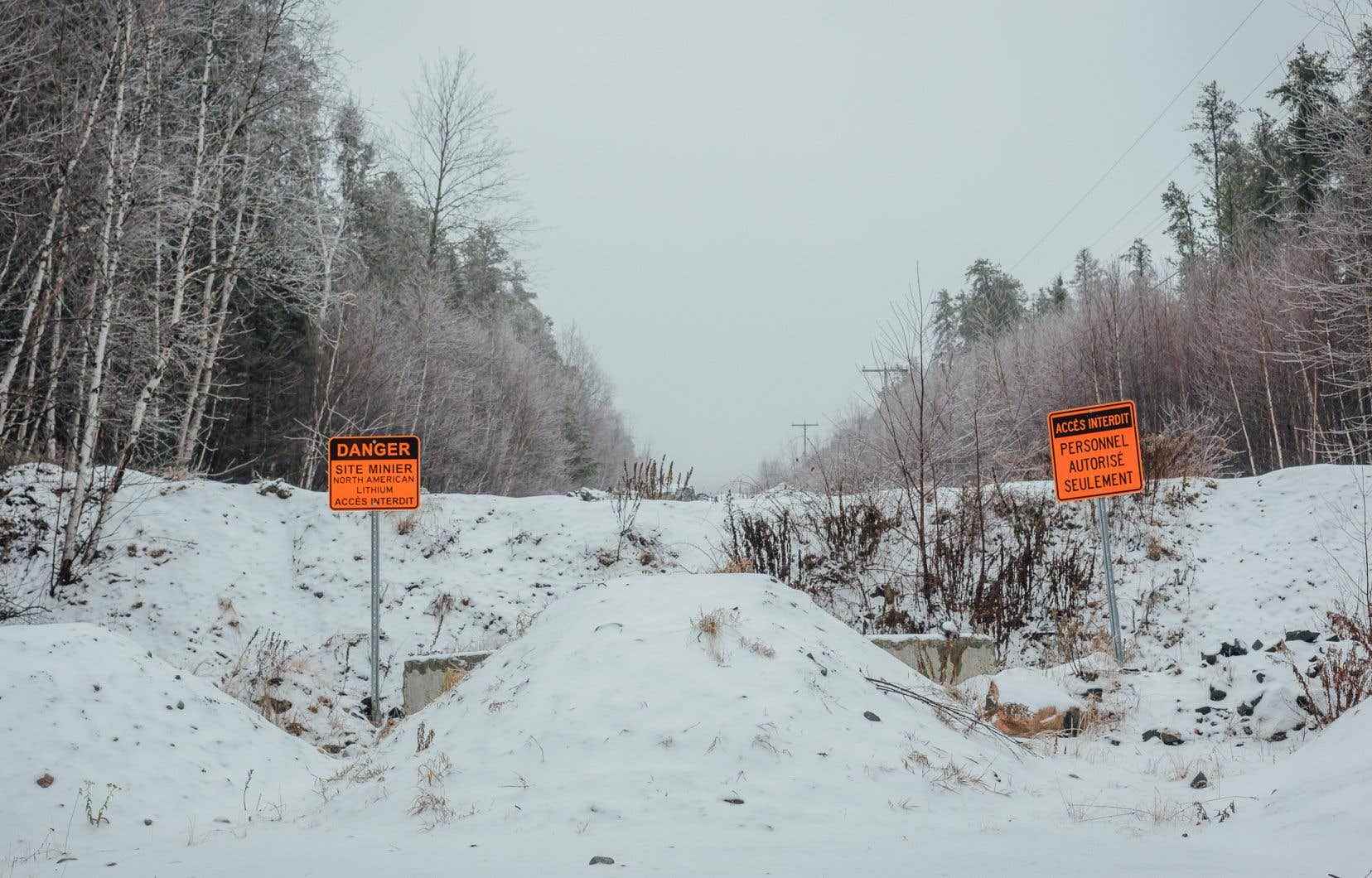Federal Environment Minister Steven Guilbeault announced on Monday the green light from Ottawa for the operation of a new lithium mine in Baie-James, in northern Quebec.
However, the proponent must comply with 271 conditions to protect wildlife and respect the current use of lands and resources for traditional purposes by the region’s Crees.
The 38-page decision borrows the boilerplate language of the Canadian Environmental Assessment Act, concluding that the minister had determined through a review that the project was “not likely to cause the environmental effects significant negatives” covered by federal legislation.
In a Twitter message announcing the federal approval, Minister Guilbeault pleaded that this was a perfect example of a “good project” to extract “those essential minerals to build a cleaner economy”.
The James Bay lithium mine, owned by Canadian promoter Galaxy Lithium, will be located about 100 kilometers east of James Bay and the Cree community of Eastmain. The project would notably include an open pit, an ore concentrator and storage areas.
The new mine will produce lithium for up to 20 years, primarily for use in North American electric vehicle and battery plants.
In recent years, there has been an explosion in the demand for lithium, used in lithium-ion batteries to charge small electronic devices for the general public, but also for the “battery sector” of vehicles. More than half of the global lithium supply in 2021 went to electric vehicles and this figure is expected to triple by 2025. Global lithium demand is expected to increase fivefold by 2030.
Lithium is one of six critical minerals identified as priorities in the federal government’s new strategy, which aims to make Canada a global mining powerhouse for metals and minerals used in the booming electric vehicle industry.
China, dominant, leaves with lithium
The only active lithium mine in Canada today is owned and operated by China’s Sinomine Resource Group in northern Manitoba, and all of that lithium is currently shipped to China.
China is in fact the dominant player in the processing of lithium: in 2021, this country processed two-thirds of the world’s supply. China does not have a stable or significant domestic supply of minerals, and therefore depends on imports from mines elsewhere in the world, notably in Africa or South America, and now in Canada.
Chile, Australia and Argentina together hold about 75% of the world’s known lithium reserves, while China accounts for about 9%. According to the federal Department of Natural Resources, Canada holds about 2.5% of these world reserves.
Prime Minister Justin Trudeau and other Western allies have signaled their desire to reduce China’s dominance in this critical minerals sector, but also to develop a supply chain that is more reliable and less vulnerable to global political disputes.
There are several proposed projects for other lithium mines in Canada, as well as plans to restart production at a North American Lithium mine in Abitibi that was sold to an Australian company, Sayona.
The Baie-James project is the first project in Canada for another Australian, Allkem, owner of Galaxy. The project is expected to create 280 jobs during the construction phase and around 160 on average once in operation. The mine is expected to start producing lithium in 2024.
Conditions of federal approval include monitoring and reporting on environmental conditions such as soil conditions and tailings, as well as preparing and executing plans to mitigate impacts on local fish and d other wildlife, such as caribou.
Over its 20-year lifespan, including its construction phase, the Baie-James mine should produce approximately 846,000 tonnes of carbon dioxide, or its GHG equivalent. Each year, its emissions will reach a maximum of 48,000 tonnes of GHGs, or approximately what is produced over one year by 10,000 passenger vehicles.
